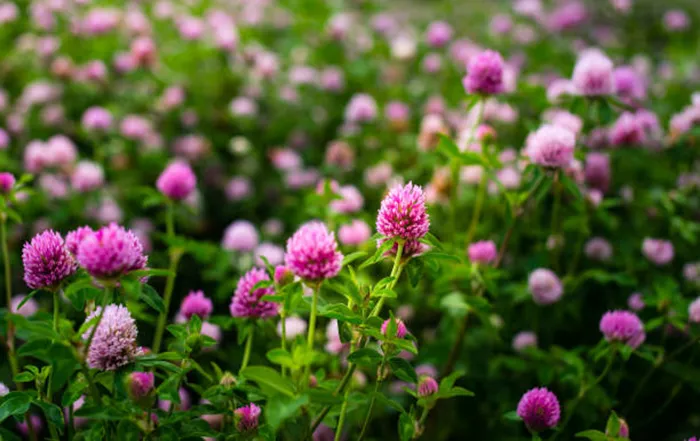Transform your garden into a haven for bees, butterflies, and other essential pollinators by planting flowers that not only add beauty but also serve an important ecological purpose. Below are eight remarkable plants that provide nectar, color, and shelter for pollinators throughout the growing seasons.
Aster: Autumn’s Pollinator Powerhouse
Asters are charming, daisy-like perennials known for their star-shaped blooms in white, blue, and purple. They flower well into the autumn months, bringing life to your garden when most plants fade. Their abundant nectar makes them a magnet for bees and other insects when few other flowers remain in bloom.
Foxglove: A Towering Beacon for Early Pollinators
With elegant, bell-shaped flowers in purple-pink hues, foxgloves bloom from late spring to early autumn. These tall spikes reach up to 2 meters, making them a striking feature in any garden. Loved by bees, they offer one of the earliest sources of nectar and will self-seed in shady corners year after year.
Dahlia: A Bold and Bright Bee Favorite
Originally from Central and South America, dahlias come in a rainbow of colors and intricate petal patterns. Their large, composite blooms provide ample landing space and are rich in nectar and pollen. Bees adore them, and gardeners cherish their long-lasting beauty from mid-summer through to the first frost.
Crocus: A Cheerful Sign of Early or Late Blooming
Crocuses light up your garden in early spring or autumn with cup-like blooms in vibrant colors. These low-growing plants offer vital nectar during the lean months when few other flowers are available. Their flowers close at night, creating cozy shelters for tired bees.
Lavender: Fragrance Meets Function in Every Bloom
Famous for its purple blossoms and aromatic scent, lavender is a must-have for pollinator gardens. Beloved by bees for its nectar-rich flowers, it also offers a delightful sensory experience for gardeners. Lavender’s long blooming period ensures pollinators have a reliable food source across the seasons.
Poppy: Short-Lived Yet Pollinator-Friendly
Poppies are vibrant garden additions known for their paper-thin petals and bold colors. Though each bloom is short-lived, they make a strong impact with their easy-to-access pollen and minimal fungal content, making them especially attractive to bees.
Primrose: A Winter-to-Spring Source of Nourishment
Primroses bloom early, often from December through May, when little else is flowering. Their bright blooms provide early bumblebees and solitary bees with essential nectar. Compact and versatile, they’re ideal for borders, containers, and shaded garden corners.
Marigold: Bold Colors That Draw Pollinators In
Marigolds dazzle with their vivid yellows, oranges, and reds. These annuals bloom from spring onward and are irresistible to pollinators thanks to their eye-catching hues and accessible nectar. Their strong scent also acts as a natural insect deterrent, making them both beautiful and functional.
Conclusion: Cultivate Beauty and Biodiversity
Each flower listed above supports the survival of vital pollinators while enhancing your garden’s charm. By planting a mix of these blooms, you’re helping preserve biodiversity and ensuring the success of your own plants and local ecosystems.


